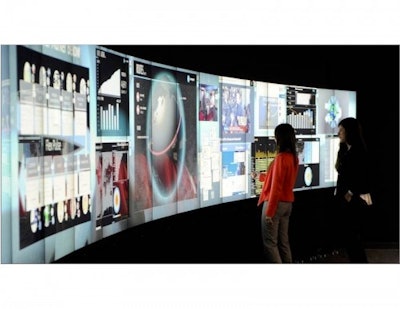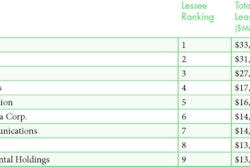
The current environment we find ourselves in is indeed perilous. As the stock market continues to spin up and down in a volatile fashion, brokers and Wall Street types are looking at a dour projection. Growth is projected to be running at an anemic 2 to 3 percent or worse, China’s economy is dragging, and the only element that is growing is volatility in the global ecosystem. CEOs participating in the World Forum in Switzerland are responding to Deloitte’s new study on global economic growth, and have nothing but doom and gloom in the forecast. But there’s nothing stable about the environment we operate in, as there is plenty of volatility and disruption to go around in the global supply chain.
Pundits are not only perplexed, but at a loss. “This is the new normal!” they shout from the Wall Street trading floor. Operating in a state of near-zero growth, this economy is still bursting with challenges around global complexity and sustainability, and volatility is definitely not where we’d like to be. But in this environment, there is a need for a new type of thinking—one that embraces the complexity, that is based on a collaborative non-zero sum approach to managing volatility and change, and one that exploits the emerging technologies of social media, web-based portals and instantaneous transmission of information globally. It’s time to start operating in real time.
The real-time supply chain is based on two essential elements of technology: the rapid digitization of the supply chain and the rise of real-time information enabled by technology. Digitization allows people in organizations to speed things up—and provides greater visibility into what is going on in an organization’s ecosystem. Real-time information allows that information to be broadcast instantaneously. Although many organizations adopted these technological elements, one essential element is missing from their strategies: the democratization of data sharing.
The real-time supply chain is being created at Flex today. Flex is an organization that most people on the street probably never heard of, yet which produces most of the electronic products and technologies found on store shelves, and which power buildings, transportation systems and a multitude of other technologies. It creates intelligent products that produce insights and data that allow people to make decisions in a rapid manner. The Internet is merely the utility that is used to transmit data used in an intelligent fashion. Browsing through the company’s tabletop magazine, Intelligence, you see how it is enabling this in apparel technology, medical devices, automobiles, airplanes and multitudes of other products that you use every day.
On a trip to Flex’s Milpitas offices this week, I got a glimpse of what the real-time supply chain is going to look like. Working with its software partner, Elementum, Flex’s CSCO Tom Linton showed me how they are shaping the culture, people and technology that will enable this organization to manage and respond to real-time events. We viewed the Pulse Center, a virtual dashboard that shows every event occurring globally in the world, which is driven by a massive data mash-up pulling from multiple internal sources, partner sources and social media all over the world. All of this is encapsulated in a room with massive TV screens and broadcast simultaneously through people’s mobile devices based on an appropriate governance structure. As a supply chain guy, this demo blew my mind!
At Elementum’s offices in Mountainview, surrounded by Google offices springing up everywhere, we sat and chatted about what this would look like. (I knew I was truly in a California software company, as people played ping pong in an open space surrounded by white boards, and two dogs wandered around looking at me curiously.) Nader Mikhail, Elementum’s CEO, talked about what was involved. “We deal more with psychology than we do with data issues. The biggest challenge we face is having people be able to share data openly and deal with the reality of what is going on out there.”
Elementum’s website states what they are doing in a fairly simple manner: “We monitor over 10 million incidents every single day and relate them to your supply chain. We then overlay your data with the supplier info you need to coordinate a resolution when issues arise. We’ll even provide automatic product and part impact assessment, so you can focus on beating your competition and getting your unfair share of constrained resources.”
This is the essence for creation of the real-time supply chain. People need information to be able to act and need to be able to communicate what they are seeing so others can act on it. In turn, they need to be provided a context in which to understand what is happening globally—so they can also adopt to these changes in an agile fashion. And this impacts not just people in procurement and logistics, but indeed the entire organization. This ability to act as an integrated network, however, can only occur when there is a bond of trust, and a common understanding and desire to do what is best for the supply chain as an integrated network, not just for the individual pieces. Through the optimization of the end-to-end supply chain linked by people, process and technology, amazing things can happen. Because we have to start behaving differently. The old view of managing supply chains isn’t going to be effective in the New Normal.













